Over the past five years, Govia Thameslink Railway has been quietly overhauling its fleet of Class 377s and ‘387s’. As the refurbishment reaches its completion, RICHARD WILCOCK visits Selhurst Depot in south London to learn more about Project Aurora.
In an era where passenger expectations are rising and rail operators face constant scrutiny over value for money, one project by Govia Thameslink Railway (GTR) is being completed on time, on budget, and with an eye toward long-term sustainability.
Over the past five years, Govia Thameslink Railway has been quietly overhauling its fleet of Class 377s and ‘387s’. As the refurbishment reaches its completion, RICHARD WILCOCK visits Selhurst Depot in south London to learn more about Project Aurora.
In an era where passenger expectations are rising and rail operators face constant scrutiny over value for money, one project by Govia Thameslink Railway (GTR) is being completed on time, on budget, and with an eye toward long-term sustainability.
The £100 million upgrade of GTR’s Class 377 and Class 387 Electrostar fleet, funded entirely by rolling stock company Porterbrook, has been a bright spark in a period of growing uncertainty. Porterbrook’s decision to fully fund the upgrade has proven not just a sound investment in asset value, but also a vote of confidence in the relevance and longevity of the fleet.
Of course, most in the industry would like shiny new trains and a healthy new train order book. But life extension is a hugely important part of a rolling stock strategy in its own right. And when you look at Project Aurora (the name GTR has given to its Electrostar fleet upgrade), it’s an example of why refurbishment can be so important. Carried out at Southern’s Selhurst Depot in south London, the five-year programme to refurbish an original order of just over 270 trains - more than 1,200 vehicles in total - has just been completed.
In total, the refresh includes all the Class 377 sub-fleets - ‘377/1s’, ‘377/2s’, ‘377/3s’, ‘377/4s’, ‘3775s’, plus the later-built ‘3776s’ and ‘377/7s’. As well as that, a scope increase has meant 23 Class 375/5s and 11 sets of Class 387s to be used by GTR being added to the end of Project Aurora.
This means that once the project is completed in the next few weeks, a total of 304 trains (1,222 vehicles) will have been refurbished at Selhurst in the past five years. The Class 377s were always due to be in line for some form of upgrade, given that the original fleet was built at the turn of the century, finally entering traffic in 2003 after a delayed introduction. They are almost identical to the ‘375s’ that are also owned by Porterbrook, and operated by South Eastern Railway (formerly Southeastern).
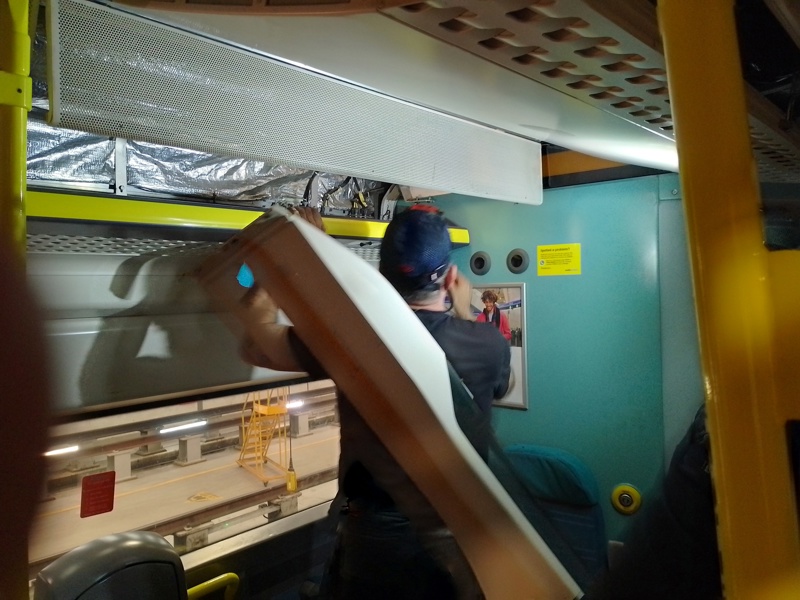
The Electrostars were initially built by Bombardier at its Litchurch Lane site in Derby, and have since served a majority of the suburban routes in the Southern region. As a fleet, the units have a broad coverage, with Southern highly dependent on its reliability. So, when it became obvious in 2017 that most of the fleet needed to be upgraded, it was a case of understanding what both Porterbrook and GTR wanted from the ‘377s’ and ‘387s’ for the next 20 years.
The project was initially conceived following a 2017 passenger insight report that highlighted key demands: up-to-date information, personal power facilities, energy efficiency, and (above all) value for money. All were elements that a majority of the Southern fleet did not have - or if it did, not in abundance. It was clear, according to both Porterbrook and GTR, that something needed to be done.
“Passengers aren’t necessarily against paying more, but they want to know what they’re paying for,” explains Stuart Darney, Rail Engineering Project Lead at Porterbrook.
“Passengers want comfort. That’s the crux of it. If a train is clean, bright, and well-equipped, it feels worth the fare.”
The price of fares and value for money should be at the forefront of an operator’s thinking when it comes to its fleet. For a rolling stock owner such as Porterbrook, having one eye on the future, it is equally important. It meant that this opportunity was one they needed to grasp.
“Nobody wants to feel ripped off, do they? And when you look at refurbishments like this, you must make sure the basics are done well, because that is what ultimately makes up most of the passenger experience. It makes people come back,” says Darney.
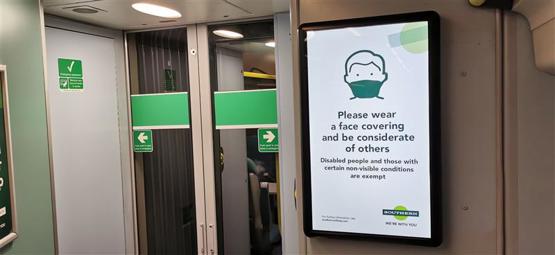
Since the moment when the first unit (37430) entered Selhurst Depot and then left in September 2021, the engineering teams have focused on seven core areas: LED lighting; power and charging facilities; upgraded WiFi and data networks; real-time passenger information; forward-facing CCTV; passenger counting technology; and diagnostic tools. All are items that a passenger (and an engineer) would expect in a suburban train for 2025.
“It’s far more than a lick of paint,” says Southern’s project director Alistair Hinze, who has worked across the project since it began.
To illustrate his point, he highlights changes to the lighting: “It’s probably one of the first things you notice when you step on board.”
Strip lights run right through the carriages - LED lighting, of course. But the lights also offer operational benefits.
“All in all, I think it’s reduced power consumption by 55%,” Hinze adds.
“That is all energy conserved. And we know, in modern units, that’s really important.”
Of course, while lighting is essential, it will never feature that highly on a list of what passengers want to see improved on a train in 2025. Where those needs are met is typically within the digital space - and it’s no different here. The digital overhaul has arguably been one of the most striking improvements. And Darney acknowledges: “It needed to be. For a fleet like the ‘377s’, WiFi and power sockets are all mandatory in today’s climate.” Very early in the project, it was agreed that standardisation was necessary. That extended to the digital improvements, meaning that every train would have the same refit, with the same upgrades added.
This is partly to help future fleet management and ensure cost control, Darney says. He cites ‘on-seat charging facilities’, which he describes as pregviously being a “mishmash of some having them and not having them”.
Where such issues arose, the team decided to keep all the upgrades as even across the fleet as possible. One of the first digital upgrades across the fleet was to WiFi. The trains now host upgraded public WiFi, supported by a dedicated gigabit-capable backbone known as the ‘Purple Network’.
The ‘Purple Network’ is really a play on the primary colours that forge the actual colour. But the name hasn’t just been dreamt up - rather it comprises parts of the public network that GTR trains use (the Blue Network), as well as the network used by engineers and which houses some internal GTR on-train systems (the Red Network). The team tells RAIL that by merging them together, it made the network a little more flexible on data allowance for the public, without compromising the data systems which GTR would prefer to keep away from public access.
While much of the upgrades have been passenger-focused, some improve train performance. That can most clearly be seen with the On-Train Data Recorder (OTDR). The OTDR is fitted to every train and monitors almost everything it does, including train behaviour and driver movements.

GTR wanted changes to what it gleaned from the OTDR, which meant working with Porterbrook to understand how these could be incorporated. As Hinze describes how both teams worked together, it was a case of coming to compromises.
“Knowing what was possible meant that we could have those kinds of discussions. So, we engaged with Porterbrook throughout the specifications process. It was a case of ‘we want it like this’, and Porterbrook saying ‘yes, but you have to have it like that’.”
Darney cites a specific example of where this was the case: “GTR and the fleet engineering team had a look at some additional feeds that they wanted to add in so they could monitor offline - including brake pressure, which was not as simple as they originally thought.” Workarounds existed, and as Darney adds: “It was about looking at the smaller improvements just as we are making the big changes.”
One of those big changes was how that data was downloaded. Originally, the GTR team would have to go onboard at the beginning of a turnaround in the depot and download the OTDR data onto a memory stick.
Now, faults can be diagnosed remotely and (in many cases) fixed before the train even reaches the depot.
“It’s our version of Formula 1 telemetry,” quips Hinze.
“It is similar for us to how a pit crew in Formula 1 can understand an issue as the car is coming into the pits - because it has that data to hand already. You know what’s wrong before it arrives.” This, states Hinze, means that “we know where it needs to go and who needs to work on it first. For teams and efficiency, that’s important.”
Back to passengers and what they expect from a modern suburban train and the overhauls of the ‘377s’ and ‘387s’.
The upgrades over the past five years have provided an obvious improvement to the media screens within the carriages. Having “real-time and clear information” was very high in passengers’ expectations, according to Darney. Gone are the archaic scrolling dot-matrix signs. In their place, the real-time passenger information screens (PIS) deliver real-time travel updates, as well as interchange information (key for services running in and out of some of the busiest London interchanges), plus loading data for each carriage. This data is fed to the screens remotely, with the passenger assistance teams able to update as quickly as the timetable does.
The team has not stopped there, though, with Porterbrook and GTR now looking at ways of integrating platform information into the PIS.
“That multimodal integration is important for us” adds Hinze.
Although specifications were outlined at the start, that did not mean the teams had to stick rigidly to plan, when opportunity came knocking. This can be seen with the forward-facing CCTV system which has been installed.
Hinze explains: “Initially, it was expected to just be fitted to ten trains, because we wanted data on some of our busiest routes about where issues or incidents could arise.” But the value of both the front-facing cameras and track-side cameras meant Porterbrook and GTR decided it was invaluable to the whole fleet.
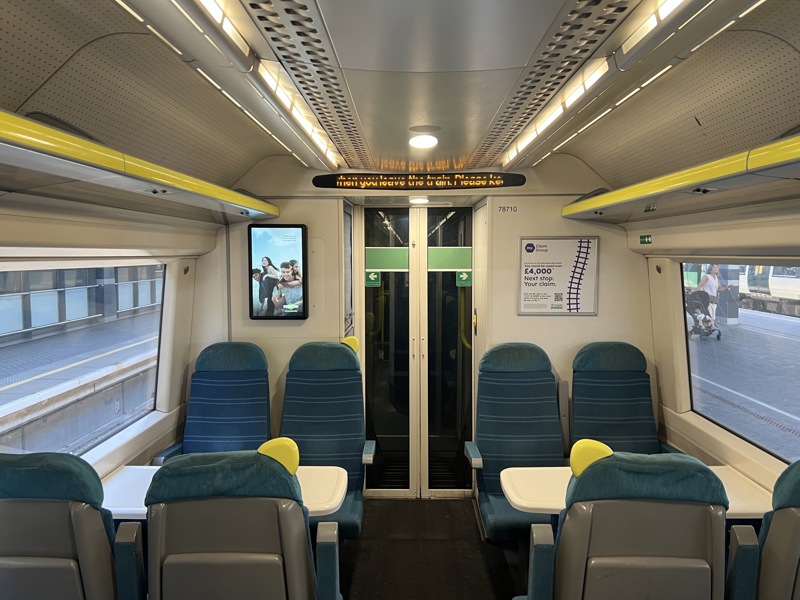
“By filming the track in front of it, and sending that data back to Southern’s control centre, it changes how we respond to track obstructions, landslides, or trespassers,” adds Hinze. And he says this helps not just themselves, but Network Rail too: “It opens communications much quicker. It is much more efficient for them and for us if we can identify these issues and their locations much quicker.”
One of the project’s biggest engineering challenges has been standardising upgrades across 11 different sub-fleets - including all seven variants of Class 377 and three of the Class 387. Variations as subtle as cupboard layouts, wiring runs, or internal panels required detailed audits and bespoke engineering solutions. All of that added up to small delays and time away from the refit.
This required assistance from Alstom, as although it didn’t build the trains, it did have knowledge of how to circumvent and overcome the challenges. Hinze explains how what the teams would expect to see when a variant entered the depot and what they found was never quite the same.
“Even something that looks identical on paper can require a complete redesign in practice.
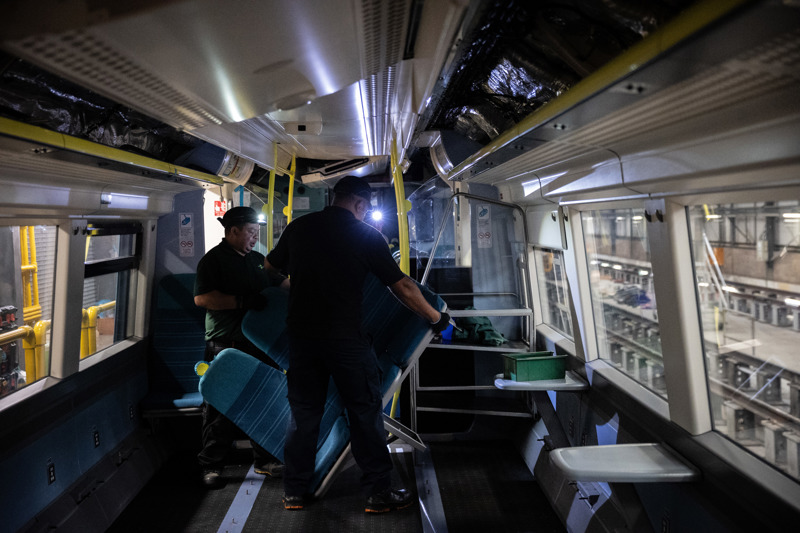
“You’re not just retrofitting a light. It is never quite like for like - you’re often re-routing a loom or adjusting cable spacing to avoid noise or chafing. And that is usually a different process each time.” In terms of timelines, one challenge was to ensure that GTR’s day-to-day service over the five years was not affected, or to at least keep disruption to a minimum.
This requirement became even harder when COVID delayed the project. But needs must, and to keep as close to the original deadline as possible, strict schedules were put in place and maintained. Typically, this meant that the teams were turning around two sets a week, with a train rolling into the depot on a Sunday for what Hinze describes as a “big strip-out”.
This would pull the carriages back almost to the bare bones. At the start, the team removed the sides and the ceiling panels, alongside the seats. They then stripped out the cabling that runs through the carriage. Once that was done, the carriage would be ready for the refit.
From there, teams would work for two days refitting the carriages and the cabs, before moving to pre-testing and quality control. The units were then ready to re-enter service. That process was then repeated from Thursday to Friday. In October 2024, as the project wound down, this moved to one set a week - allowing the team some breathing space.
Crucially, the programme has been delivered without affecting GTR’s day-to-day service delivery. With only a limited number of trains permitted out of service at any given time, the team had to sequence upgrades precisely - often completing them in just 12 hours. Therefore, teams had to be efficient with their time and little delays had to be “cut at its source”, as Hinze puts it.
And while that approach meant it was relentless at times, it did produce results, and has probably fed into what this project’s legacy will be: one of efficiency and value.
Login to continue reading
Or register with RAIL to keep up-to-date with the latest news, insight and opinion.

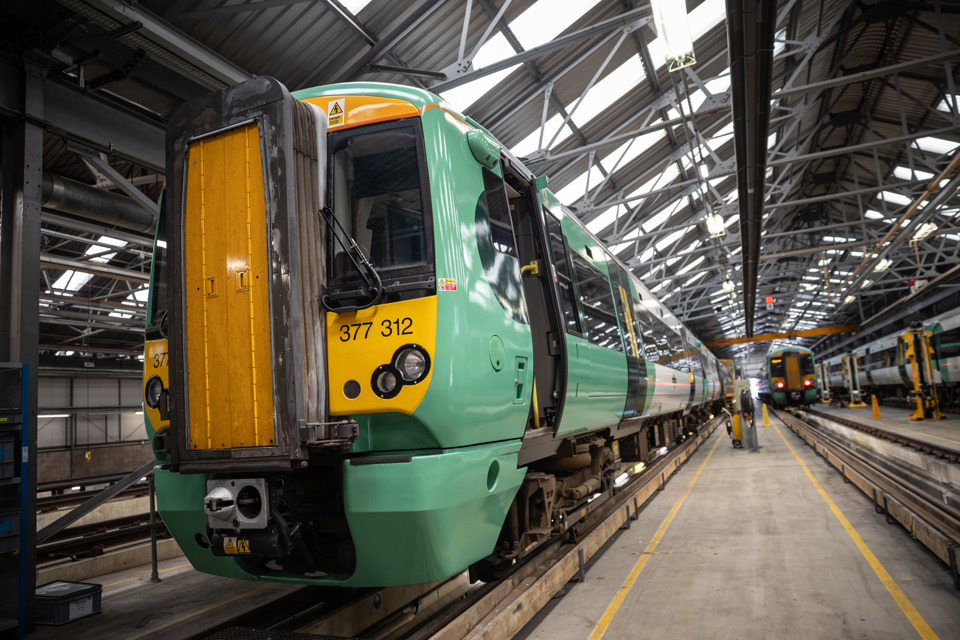

















Login to comment
Comments
No comments have been made yet.